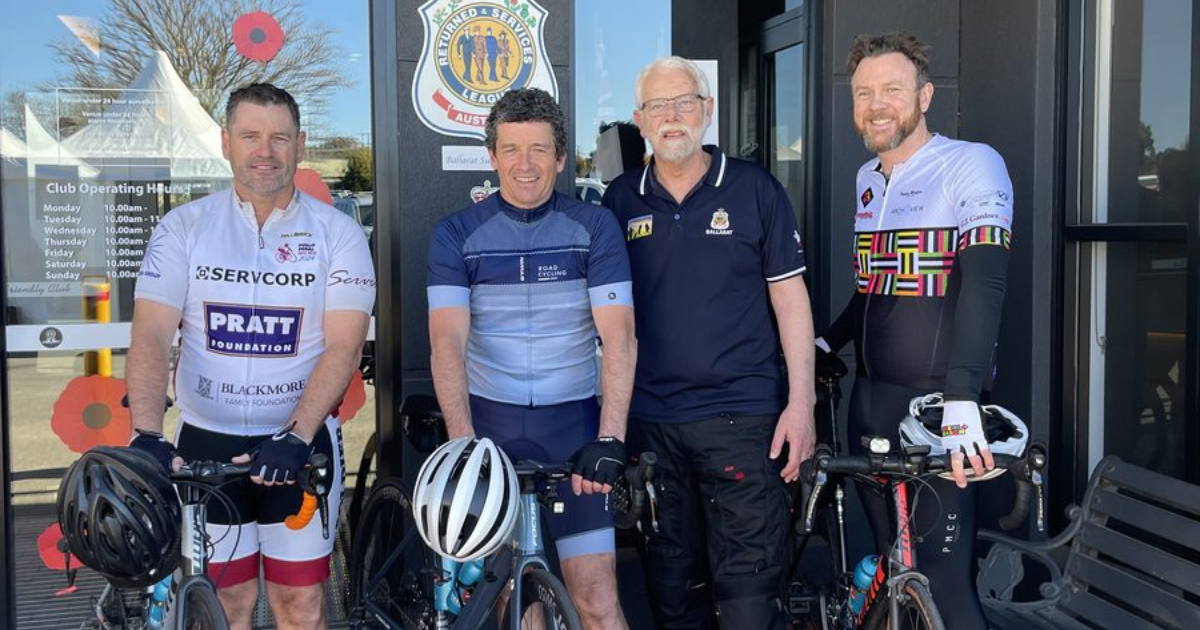Wards or no wards?
VEC hands down review report, prefers current electoral structure
IN a new preliminary report following the first stage of the Golden Plains Shire council representation review, the Victorian Electoral Commission said they would prefer the municipality’ electoral structure remained unsubdivided with seven councillors.
The VEC provided two other options in response to public feedback.
A seven-councillor shire elected from one three-councillor ward in the east and two two-councillor wards in the west and north, or eight councillors elected from two three-councillor wards in the east and north and one two-councillor ward in the west.
The Inverleigh Progress Association made a submission to the review.
President Hilary Hamilton said such a diverse, large shire like Golden Plains needs structure accommodating a range of voices from different backgrounds.
“We certainly would have the preference it was divided into wards, hopefully to get a spread of councillors that give specific areas a bit more of a say,” she said.
“When you’ve got the bulk of the population in certain areas, the central part of the shire needs a voice as well. It would be much more positive.
“We’d love to see someone from Inverleigh stand to take our issues to them.”
Geoffrey Goode is the Victoria-Tasmania Branch Secretary of the Proportional Representation Society of Australia who submitted a contrasting recommendation to the Inverleigh Progress Association.
Although none of the branch’s members are Golden Plains residents, Mr Goode said the society was happy with the VEC’s preferred electoral structure in the area and invited Golden Plains residents to join the PRSA.
“The proposal we recommended is the existing arrangement and we’re very pleased that the VEC have put that at the top of the list,” he said. “Both of the alternatives are inferior because they mean fewer people have affective votes.”
Golden Plains Shire Mayor, Cr Owen Sharkey encourages all residents to have their say about local government representation.
“If residents believe that one structure offers a fairer representation or delivers the best elected Council, now is their chance to make their vote count,“ Cr Sharkey said.
“At its Ordinary Meeting in February, Council resolved to support a structure of seven councillors selected across three wards and indeed, this structure is one of the three options the VEC has presented in the preliminary report.
“At the April meeting, council will discuss the three options in the report with a view to lodging a formal response to the proposed options in the preliminary report.”
There were 25 preliminary submissions received by the VEC.
Submissions in response to this report can be sent to the VEC via an online submission form at vec.vic.gov.au, via email at [email protected] or by post to Victorian Electoral Commission, Level 11, 530 Collins Street, Melbourne, Victoria, 3000. Responses should address the models proposed in the report.



















